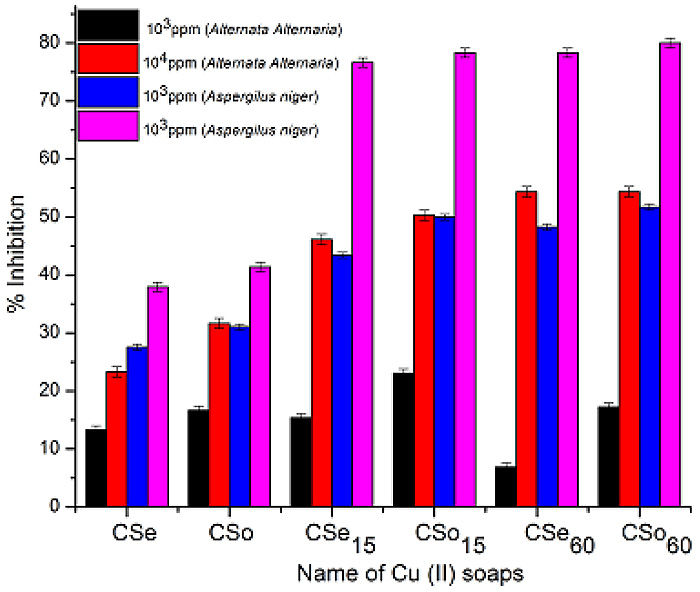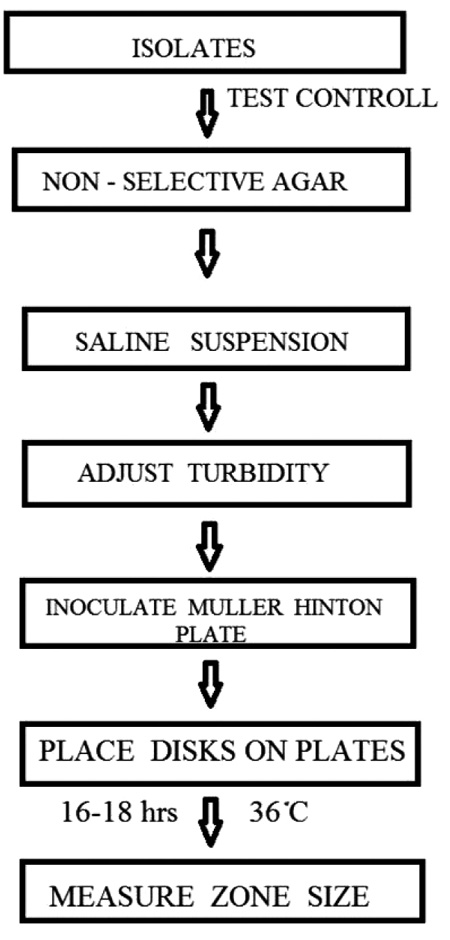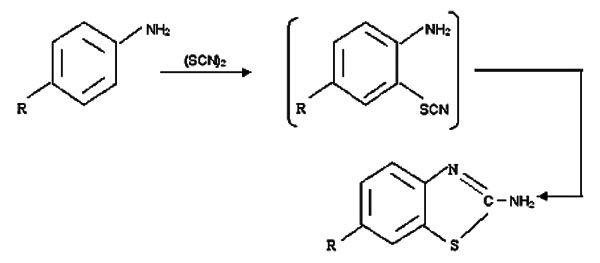RESEARCH ARTICLE
Antimicrobial Studies and Characterization of Copper Surfactants Derived from Various Oils Treated at High Temperatures by P.D.A. Technique
Renu Bhutra1, Rashmi Sharma2, Arun Kumar Sharma3, *
Article Information
Identifiers and Pagination:
Year: 2018Volume: 5
First Page: 36
Last Page: 44
Publisher Id: PHARMSCI-5-36
DOI: 10.2174/1874844901805010036
Article History:
Received Date: 26/7/2018Revision Received Date: 14/10/2018
Acceptance Date: 15/10/2018
Electronic publication date: 14/11/2018
Collection year: 2018
open-access license: This is an open access article distributed under the terms of the Creative Commons Attribution 4.0 International Public License (CC-BY 4.0), a copy of which is available at: https://creativecommons.org/licenses/by/4.0/legalcode. This license permits unrestricted use, distribution, and reproduction in any medium, provided the original author and source are credited.
Abstract
Introduction:
Biologically potent compounds are one of the most important classes of materials for the upcoming generations. Increasing number of microbial infectious diseases and resistant pathogens create a demand and urgency to develop novel, potent, safe and improved variety of antimicrobial agents. This initiates a task for current chemistry to synthesize compounds that show promising activity as therapeutic agents with lower toxicity. Therefore, a substantial research is needed for their discovery and improvement. Chemistry of present era aims to build a pollution free environment. For the same, it targets to create some alternativeswhich are eco-friendly and nature loving. Present research work is a step towards achieving such alternatives.
Method:
For this the metallic soaps of copper (derived from common edible oils) were synthesized. The synthesized copper soaps have been confirmed by elemental analysis, UV, and IR spectroscopic technique. The fungicidal activities of copper soaps derived from soyabean, sesame oils have been evaluated by testing against Alternaria alternate and Aspergillus niger by P.D.A. technique.
Result:
The fungi toxicity results indicate that the strain of fungal species are susceptible towards these soaps and suggests that with the increase in concentration of copper soap it may increase further. The transition metallic soaps showed good antifungal activity because chelation increases the anti-microbial potency.














